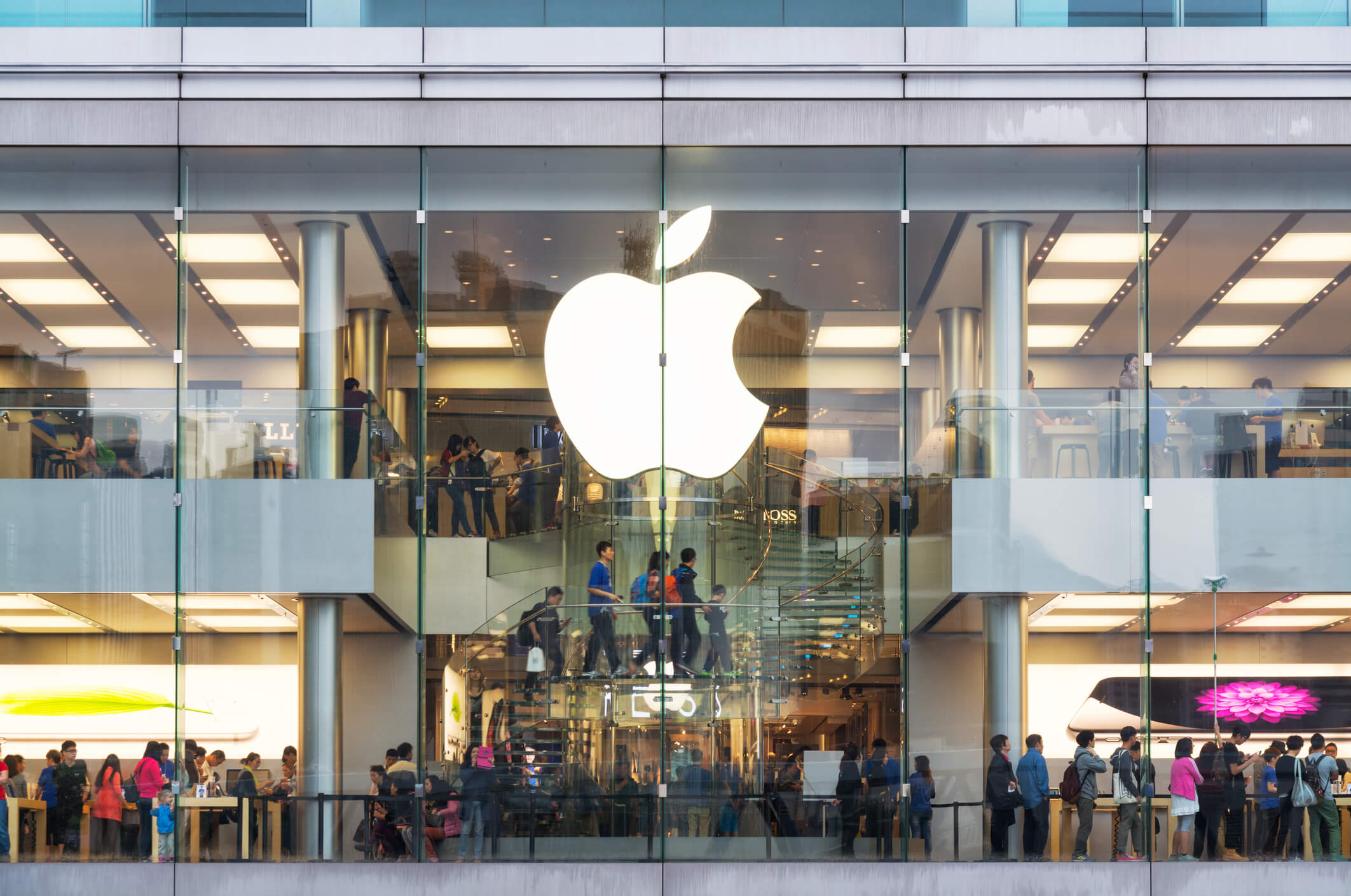- Blog
- DTC
Is Apple’s Sales Forecast A Rotten Sign For Retail?


Apple is known for its iPhone launches. Customers camping out front of its stores. Lines wrapped around the block. And each release bigger and more profitable than the last.
With a new iPhone scheduled to come out later this year, the upcoming launch should set records. Especially considering the new model’s rumored to have major improvements, including a slight redesign that’ll make it clear who has the new model.
But despite all this, Apple’s forecasts are flat. The Verge reports that the tech behemoth asked its suppliers to produce 220m units of the new iPhone (which is similar to its 2021 run size).
And the report coincides with several brands shriveling their end-of-year expectations. Only department stores and discount chains (like Macy’s and Dollar Tree, respectively) “defied Wall Street’s expectations and cut against recent concerns about [consumer] spending,” The New York Times printed.
Because of this, 2 S&P analysts, Sarah Wyeth and Diya Iyer, warned retailers of near-term market risks. Specifically, risks posed by price-sensitive customers as inflation burdens lower- and middle-income shoppers.
“Last week marked the official end to the good times the retail sector has been experiencing since 2021 as various macroeconomic data releases and earnings announcements forced the market to reconsider their view of consumers’ resilience in the face of decades-high inflation,” the analysts said.
Apple predicting stagnant sales for its most popular product seems to do exactly that: reconsider consumers’ resilience.
Sure, it’s possible that Apple simply over-estimated 2021 demand, and this year’s forecast is more realistic. And it’s also possible that Apple is flat-out wrong, and they’re about to wildly understock.
But with growing recession fears (and Apple’s track record), chances are good the brand’s sales projection is pretty spot-on. So, what does that mean for the rest of retail?
Admittedly, we don’t have the answer. But if you have any thoughts on that matter, we’d love to hear them.